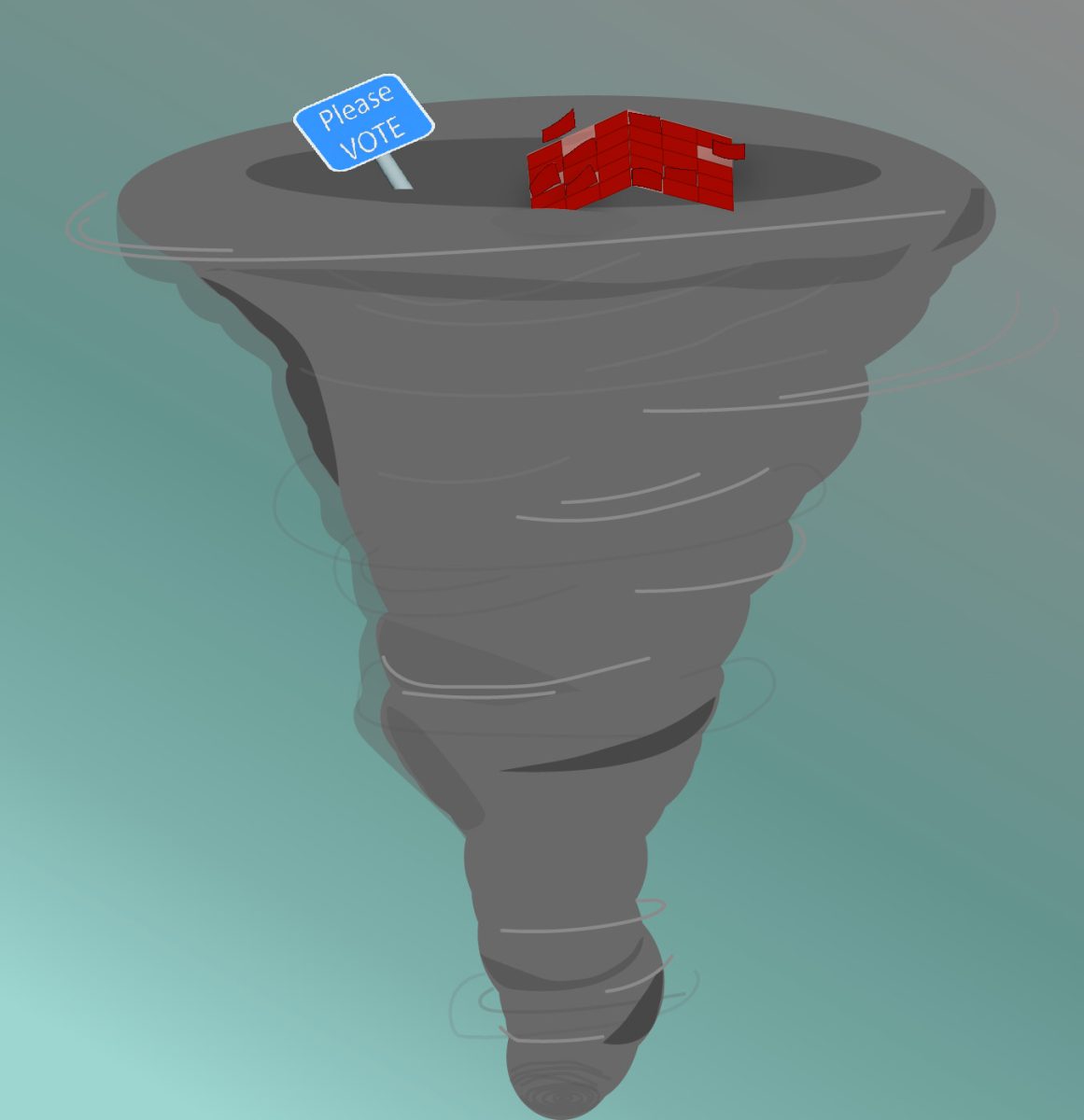Dr. Yusheng Feng, a mechanical and bioengineering professor at UTSA, along with seven students have begun developing a football kicking simulator designed to analyze the body of the kicker, his movements and dynamics to improve the overall quality and accuracy of a player.
“Dr. Feng’s daughter used to be a cheerleader for Stanford,” recalled Alyssa Schaefbauer, one of the seven students part of the simulator research team.
“Dr. Feng said that the Stanford football team lost by a discrepancy of a few points, and it was because of the kicker who wasn’t able to make those points. We just thought, what if we came up with something to help the kicker?”
The seven students taking part in the research team are mechanical engineering undergraduates Alyssa Schaefbauer, Cole Meyers, Jacob Kantor and Michael Lasch: kinesiology undergraduate student Ekow Acquaah, electrical and computer engineering graduate student Aaron Stout and computer science graduate student Ehren Biglari.
The project, conceived last February, has to gain steam. UTSA kicker Sean Ianno and assistant UTSA football coach Perry Eliano have given the research team positive feedback along the way.
“It’s a lot of computation; we are a computational lab, we simulate everything,” said Schaefbauer. “We’ve made sure to take careful steps and simulate stuff before we go further in the project. It’s been a lot of learning.”
The simulator has been divided into three parts, with each part offering a different learning tool for the kicker.
“Essentially, there are three versions,” said Dr. Feng. “The first version is kind of the pressure sensor, more of an indoor version. The second is the outdoor version, one we can bring to the team. The important thing is to project trajectory. The third version is basically using the video camera, for video analysis.”
He continues, “The first model will be mounted over the wall, where there would be a screen over it and we would have a projector,” said Schaefbauer. “He (the kicker) would be able to see the visualization of the field goal, and whenever he kicked the ball at the screen he would be able to see the football complete the trajectory. He would also be able to have the video replay in surround sound environment, complete with pressure sensors and turf. All of these things would be used as training tools to help with his consistency.”
Consistency and repetition is key for a kicker’s success. Being able to simulate pressurized situations for the place kicker provides the team with an advantage.
Feng emphasized the coaching aspect of the simulator saying, “The most important thing is coaching the kicker. From an engineering point of view we can measure all the data, but how that translates to telling a kicker what to do is difficult. So Dr. Oyama designed training programs for the player.”
Dr. Oyama oversees the kinesiology aspect of the project, creating programs and evaluating movement and dynamics of the player, so they can improve the overall quality of their mechanics.
With a patent filed and underway, the research team hopes to go commercial with the training tool.
“A few college coaches have already contacted me, and there has already been a lot of interest,” said Schaefbauer. “It’s been pretty interesting how much feedback we’ve gotten and we’re still researching. We’re not done yet.”
It is safe to say that other colleges, high schools and NFL teams will be interested in the research.





